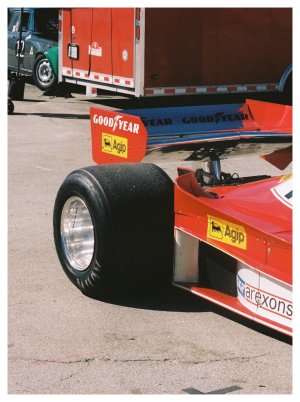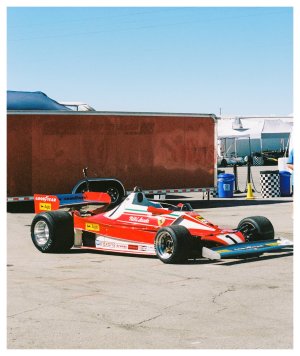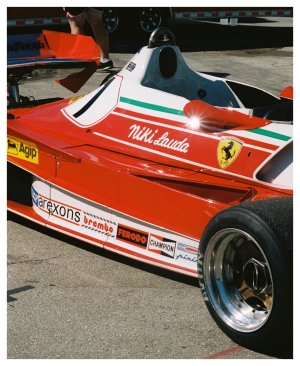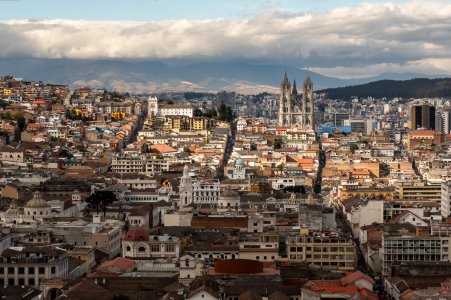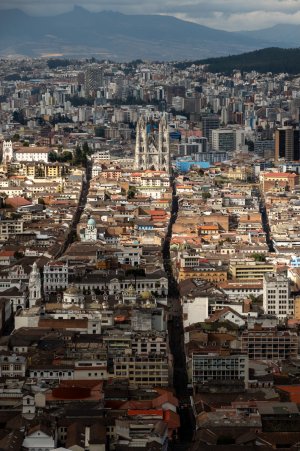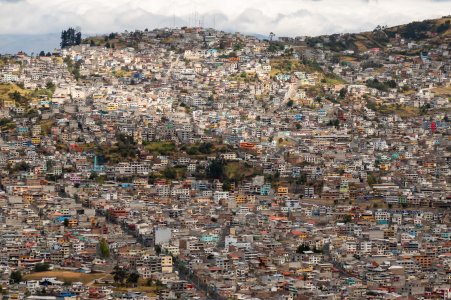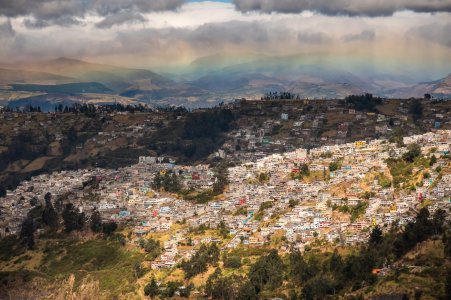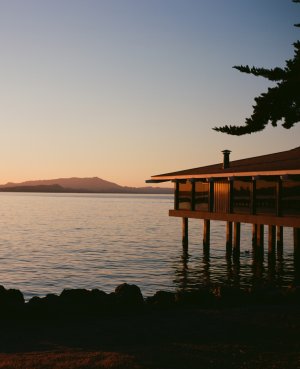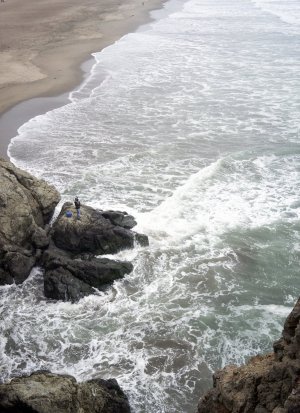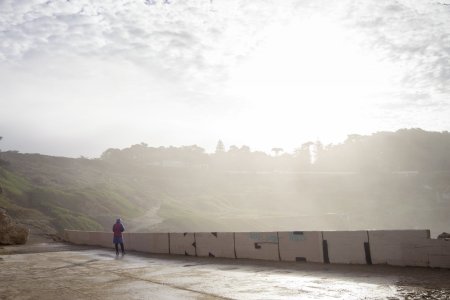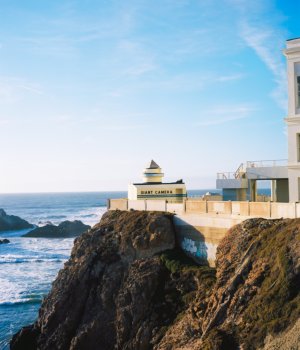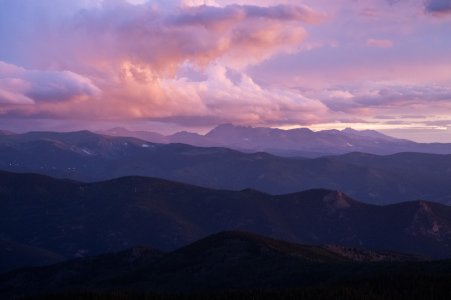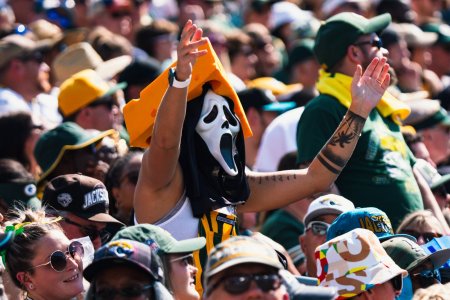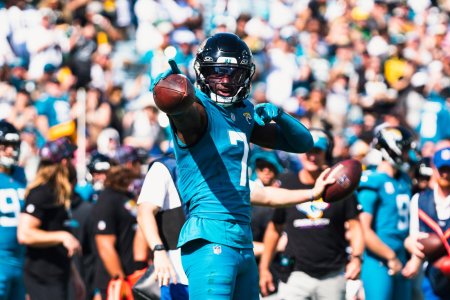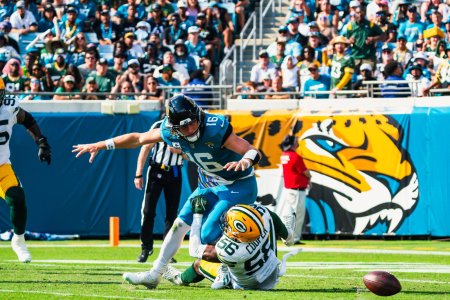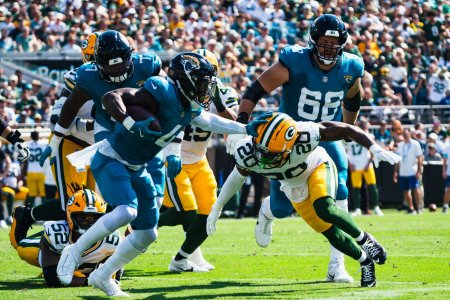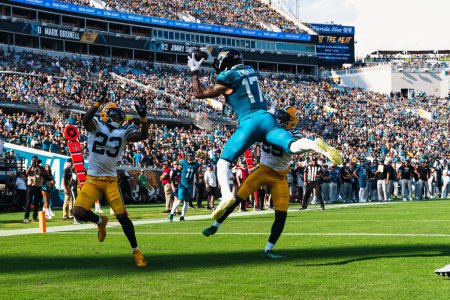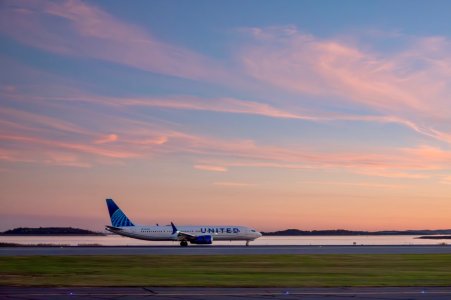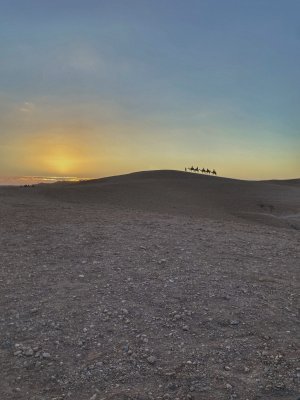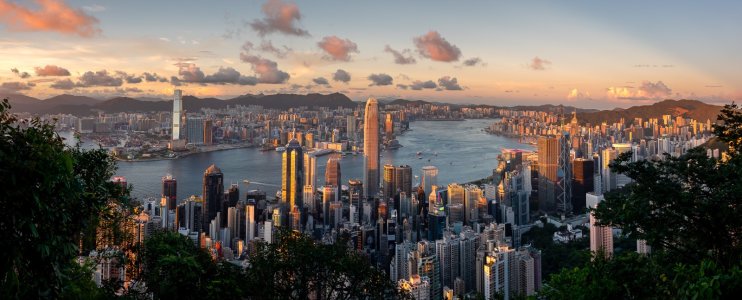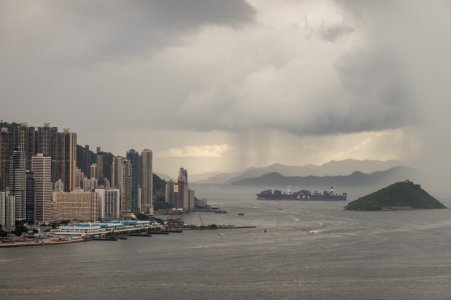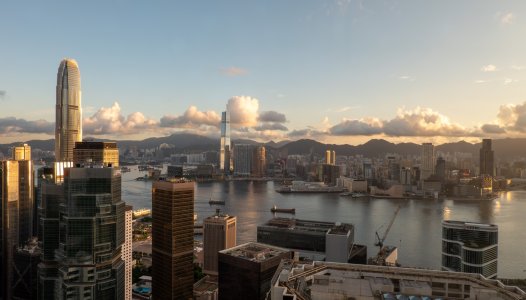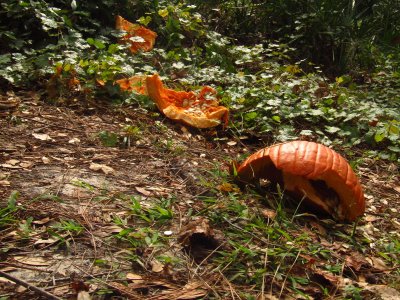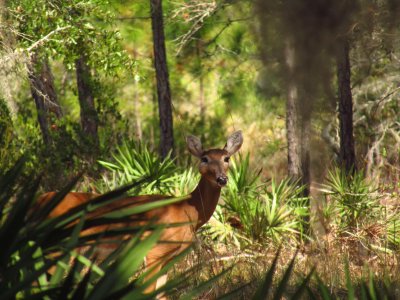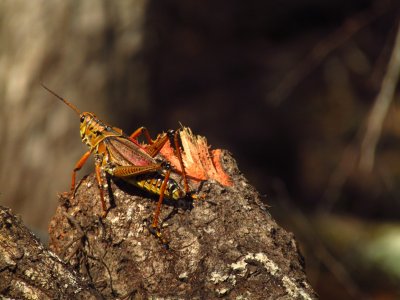^^^^^It's really the post processing that makes those photos look the way they are. Just shoot like a 30 sec (no longer since there will be motion blur) shot with aperture wide open in complete darkness on a high ISO. I use about 3200 or so. Make sure your lens is focused at infinitie if you have a wide angle. Also make sure to shoot RAW files too and if you get a good clear shot, you can edit it the colors and the look to show the milky way more. The overall photo will be noisy but it's kind of a necessary evil. You can stack photos to smooth out the pixels a bit but it's a really long process and you have to shoot tons of photos and even compensate the earth rotating.
Below is usually how a before photo looks like. After post, it looks way different.
















